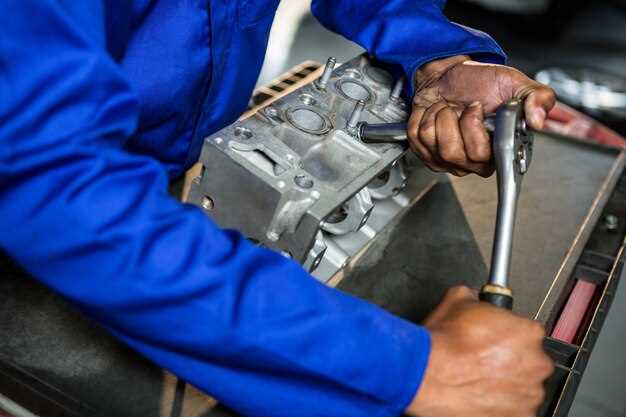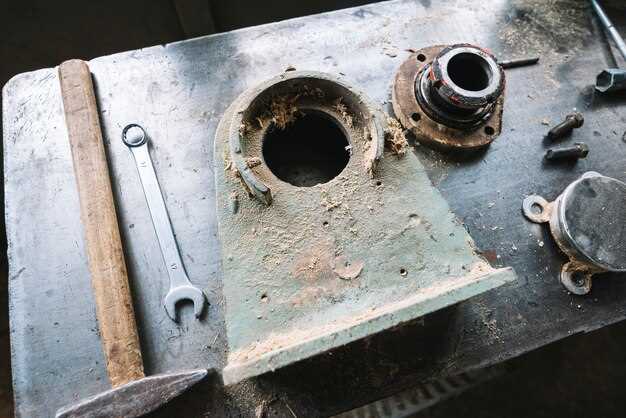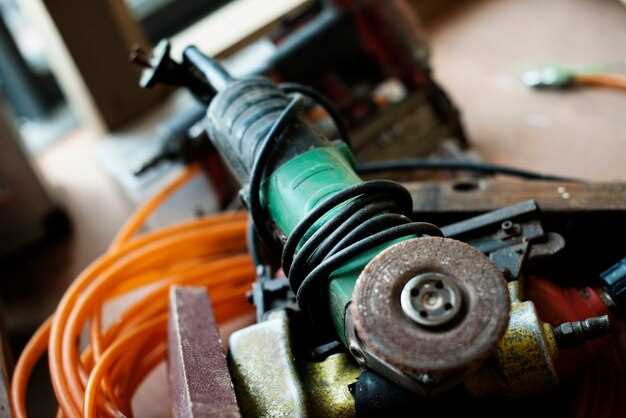
The restoration of a classic Dodge Charger is a rewarding journey that requires meticulous planning and a keen understanding of the essential components involved. One of the most crucial aspects of this process is locating the right parts, which can often be a daunting task due to the age of the vehicle and the scarcity of specific components. Collectors and enthusiasts alike understand that the authenticity and quality of parts can significantly impact the overall aesthetic and performance of the restored Charger.
As you embark on your restoration journey, having a strategy for sourcing parts becomes imperative. The market is filled with both original equipment manufacturer (OEM) parts and high-quality aftermarket alternatives, making it essential to discern what will best suit your project. Whether you’re searching for engine components, body panels, or interior fittings, the value of research and networking with fellow enthusiasts cannot be overstated.
This guide aims to provide a comprehensive overview of where and how to find the best parts for your classic Charger restoration. From online marketplaces to specialized salvage yards, we will explore various avenues that can lead you to the components needed to bring your vision to life. With the right approach, you can ensure that your Charger is not only restored to its former glory but also equipped with parts that enhance its driving experience and longevity.
Identifying Key Components for Classic Charger Restoration

Restoring a classic Charger involves meticulous attention to detail and a deep understanding of its vintage components. Essential parts to identify during the restoration process include the engine, transmission, body panels, and interior elements.
Engine and Transmission: The heart of any classic car is its engine. For the Charger, commonly sought-after engines include the 383, 440, and the iconic HEMI. Ensuring these engines are in good condition or finding quality replacements is crucial. Additionally, the transmission type–whether automatic or manual–should be specified to maintain the car’s authenticity in the restoration process.
Body Panels: The exterior of the Charger is just as significant. Key body components that often require attention include the fenders, hoods, and trunk lids. Original vintage parts might be hard to find, so consider sourcing from reputable suppliers that specialize in classic car restoration. Look for rust-free panels to save on further modifications.
Interior Components: The interior of the Charger greatly contributes to its vintage appeal. Identifying original seats, dashboards, and door panels is essential for restoring the car to its former glory. Seek out original upholstery or high-quality reproductions that match the vehicle’s year and model.
Lastly, don’t overlook the electrical system, which includes wiring, connectors, and instruments. Ensuring these components are functional or correctly restored will enhance the overall reliability of the classic Charger.
By accurately identifying these key components, you can significantly improve your restoration project, ensuring it remains true to the classic Charger legacy.
Where to Source Authentic Vintage Parts for Restorations
Finding authentic vintage parts is crucial for a successful classic Charger restoration. Start by exploring specialty auto salvage yards that focus on classic cars. These locations often carry original components that are difficult to find elsewhere. Establishing a relationship with the staff can lead to useful tips on sourcing additional rare parts.
Online platforms have become invaluable resources for restoration enthusiasts. Websites like eBay, Craigslist, and specialized forums enable users to connect with sellers of vintage parts. Check these platforms regularly, as listings can change rapidly. Both private sellers and businesses may offer items that suit your restoration needs.
Consider joining classic car clubs or online communities. These groups provide networking opportunities and member access to exclusive parts sources. Members often share leads on where to find specific components, which can be indispensable when looking for vintage items.
Auction houses that specialize in classic vehicles may also provide unique opportunities to acquire rare parts. Participating in these auctions can yield authentic components that enhance the integrity of your restoration project.
Lastly, check the catalogs of reproduction parts manufacturers. While these parts may not be vintage, many companies replicate original components to maintain authenticity. This option can sometimes be a substitute when the original parts are no longer available.
Tips for Evaluating the Quality of Classic Charger Parts

When embarking on a vintage restoration of a classic Charger, the quality of the parts you select is crucial for both performance and longevity. Here are some essential tips to help you assess the quality of parts before making a purchase.
1. Research Trusted Suppliers – Start by identifying reputable suppliers who specialize in classic car parts. Look for well-reviewed companies within the restoration community, as they are more likely to provide reliable and high-quality components.
2. Inspect Material Composition – Quality parts should be made from original or high-grade materials. For example, steel components should show signs of durability without rust or corrosion. Always check product descriptions for information on materials used.
3. Check Compatibility – Ensure that the parts you are considering are specifically designed for your vintage Charger model. Misfitting parts can lead to performance issues and can detract from the authenticity of your restoration.
4. Evaluate Finish and Detailing – Aesthetics play a significant role in a vintage restoration. Examine the finish of parts closely. They should have a high-quality paint job or plating that reflects factory standards. Poor finishing can indicate subpar manufacturing practices.
5. Seek Authenticity – Look for parts that are either OEM (Original Equipment Manufacturer) or high-quality reproductions approved by classic car organizations. Original parts not only enhance the value of your vehicle but also maintain its original performance standards.
6. Read Customer Reviews – Take the time to read reviews from other restorers who have purchased the same parts. Their experiences can provide valuable insight into the longevity and performance of the components.
7. Mistake-Proofing with Returns – Prioritize suppliers that offer return policies. This provides peace of mind in case the parts do not meet your expectations upon arrival, allowing you to make informed decisions when restoring.
By following these tips, you can ensure that the parts you choose for your classic Charger are of high quality, thereby enhancing the success of your restoration project and preserving the essence of this iconic vehicle.




